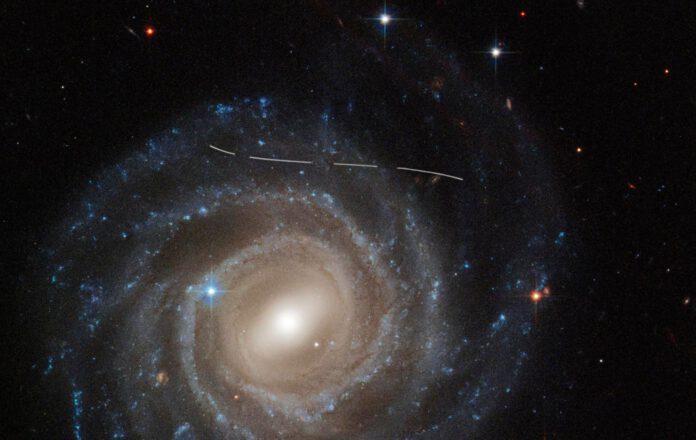
Digging Through Hubble’s Photographs: The Discovery of New Asteroids
Who wouldn’t appreciate the chance of delving into the vast archive of images captured by the iconic Hubble Space Telescope? During a recent study, more than ten thousand volunteers did just that and remarkably, discovered over a thousand new asteroids in the process.
The Hubble Space Telescope has been kept busy over the past years. At one point, a collection of 37,000 images awaited closer inspection by astronomers. The images, amassed over 19 years, were all of the main asteroid belt located roughly between Mars and Jupiter. Scientist Bruno Merín, who contributed to the research, stated, “The positions of asteroids can change, so we can’t locate them just by inputting some coordinates. As astronomers, we don’t have the time to sift through all these images. That’s why we decided to collaborate with more than 10,000 citizen scientists to help us.” The research has been published in the journal Astronomy and Astrophysics.
The Power of Collaborative Research
For this research, scientists were able to mobilize a small army of volunteers. This was achieved in collaboration with Google and the Zooniverse platform, a popular platform for citizen scientists. In total, over 11,482 volunteers contributed, collectively making more than two million identifications. The volunteers were given access to an automated algorithm to aid them in their hunt for asteroids. The task was clear: find the distinctive light streaks asteroids leave behind as they pass by. For this, Hubble’s method of taking long-exposure images, which allow for the collection of much light before visibility of the resulting image, was beneficial. With such exposures, passing asteroids often leave a vivid light trail.
The results have been impressive: In total, 1,701 asteroids were identified, with a substantial 1,031 found to be uncategorized. About 400 of these uncategorized asteroids were less than a kilometer in size. Lead researcher Pablo García Martín sheds light on the findings, “We were amazed to discover so many objects. This allows us to learn more about the main belt. There were hints that these objects would exist, but seeing this confirmed is crucial for providing fresh insights into the evolutionary models of our solar system.”
Implications for our Understanding of the Solar System
The discovery of so many new asteroids is fundamental to our understanding of the genesis and evolution of the main belt. Particularly noteworthy is the high number of smaller space rocks discovered. This suggests to researchers that the main belt had a violent past, with larger asteroids colliding and shattering into smaller pieces. This contradicts another theory about the main belt, which claims it has always consisted of small space rocks. The latter is seen as less plausible by astronomers, as no mechanism can be envisaged that would prevent these small space rocks from becoming larger by attracting dust from the protoplanetary disc around our sun. Therefore, logical reasoning and the latest Hubble data findings seem to support the theory that the small rocks in the main belt are fragments of larger ones that have collided in the past.











